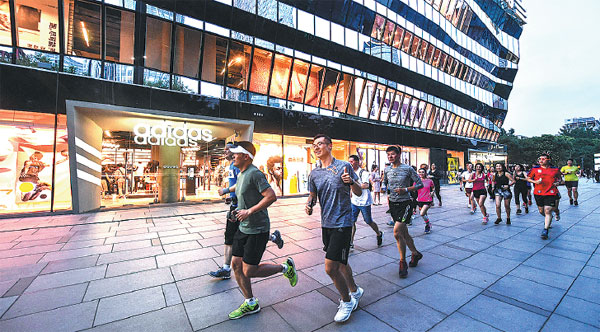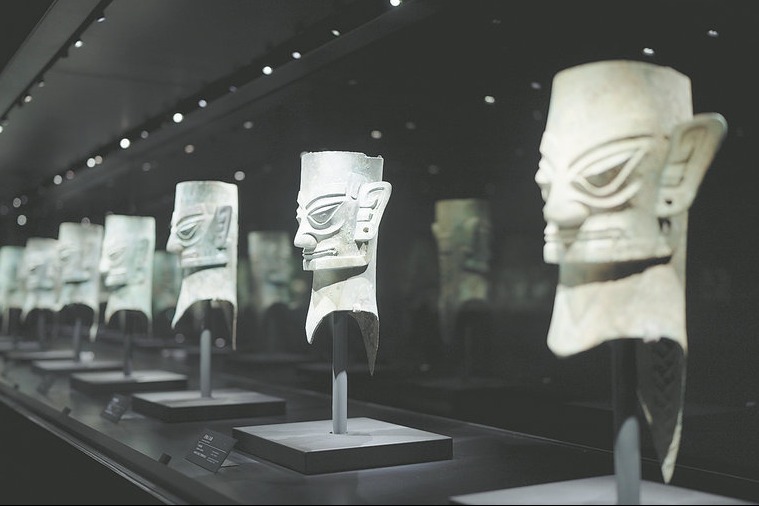More fitness venues to allow public access
By Sun Xiaochen | China Daily | Updated: 2018-08-03 09:03

China's governing body for sports, saying it wants to encourage greater mass participation in exercise, has pledged to open more State-owned facilities to the public.
With the lack of accessible and affordable sports facilities reducing the effectiveness of China's mass fitness campaign, the General Administration of Sport of China said on Thursday that it has been working with the ministries of finance, urban development and education to better manage and expand funding for State-owned stadiums, training bases and school infrastructure that would be open to the public on a more regular basis.
Citing a study by Shanghai University of Sport on the development sports for the masses, the administration stressed that the current distribution of government subsidies and evaluation systems don't do enough to encourage owners to open their venues for public use.
"Rather than opening the doors to exercisers and event organizers, some of the venue operators would like to keep their facilities sitting idle because of high operating costs," Qiu Ru, deputy director of the administration's mass sports department, said at a news conference on Thursday.
Helping cover expenses and highlighting public use as a key factor in allocating new funds should be priorities, she said.
Since 2014, China has been granting subsidies to support venues run by sports bureaus and State-owned training centers in opening to the public free or with low fees.
According to the Ministry of Finance, the central government offered subsidies totaling 930 million yuan ($136 million) in 2017 to support 1,257 sports venues' mass fitness functions.
The study found that about 86 percent of State-run sports facilities were open to the public at least once a year by the end of 2017, a slight increase from 2014.
"It seems most of the venues are offering public mass fitness services or hosting related events," said Zheng Jiakun, a professor with Shanghai University of Sport. "But considering the low frequency of events and the slow increase in numbers, even with the funding, there remains a lot to do to provide a stronger incentive for them to open."
The annual subsidy allocation once mainly took into account only the scale of the venue, but beginning next year it will be based on the number of ordinary exercisers and the frequency of mass sporting events the venue hosts, as well as the feedback from surrounding communities, according to the administration.
























